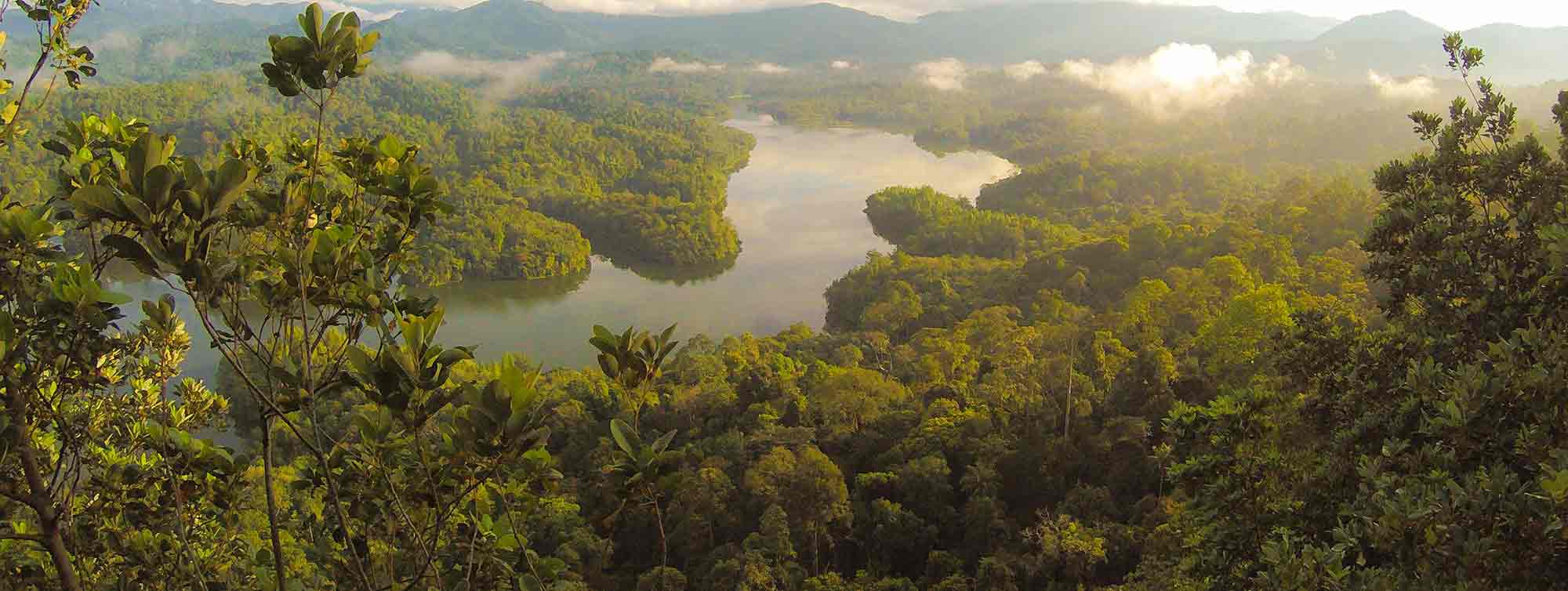429 Resources
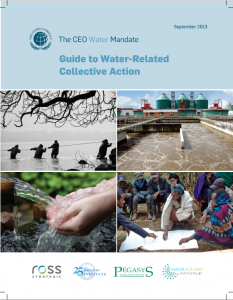
Guide to Water-Related Collective Action
September 16, 2013 | publication
Effective collective action is the key to approaching shared water risk successfully. The UN Global Compact’s CEO Water Mandate initiative — which the Pacific Institute is co-secretariat for — released this guide in 2013 in order to provide a step-by-step guide to water resource-related collective action.
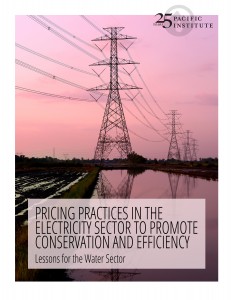
Pricing Practices in the Electricity Sector to Promote Conservation and Efficiency: Lessons for the Water Sector
September 11, 2013 | publication
Energy and water utilities face fiscal challenges related to declining per-capita demand, as well as mandates for continued reductions in consumption. This study examines a range of electricity pricing practices and policies that California electric utilities have used to remain financially stable as per-capita demand decreased.
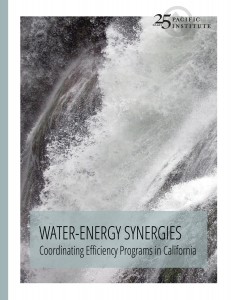
Water-Energy Synergies: Coordinating Efficiency Programs in California
September 5, 2013 | publication
All forms of energy, from hydropower to solar panels, use water. Likewise, water supply, treatment, use, and disposal all use considerable amounts of energy. Coordinating water-energy efficiency efforts provides a significant opportunity to achieve greater savings for both water and energy utilities and for their customers.
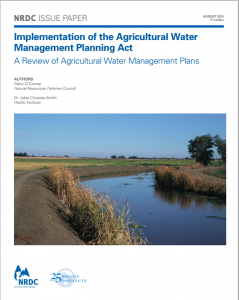
Implementation of the Agricultural Water Management Planning Act: A Review of Agricultural Water Management Plans
August 29, 2013 | publication
Twenty-four of California’s agricultural water districts have submitted agricultural water management plans, leaving 55 districts out of compliance with the requirement of the Water Conservation Act of 2009, according to a new joint analysis issued today by the Natural Resources Defense Council and the Pacific Institute. This represents a 30% compliance rate, meaning there is much work to be done to ensure sustainable water management for the state.
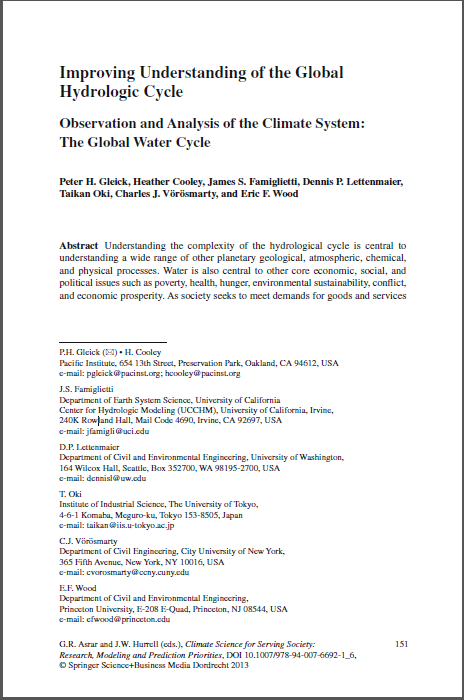
Improving Understanding of the Global Hydrologic Cycle: Observation and Analysis of the Climate System: The Global Water Cycle
August 26, 2013 | publication
As society seeks to meet demands for goods and services for a growing population, it is important to improve understanding of the fundamental science of the hydrological cycle, its links with related global processes, and the role it plays in ecological and societal well-being.

Water Rates: Conservation and Revenue Stability – Issue Brief
August 14, 2013 | publication
Supplying water to customers is a business. As in any business, water sales revenues need to be accurately forecasted and balanced against current and long-term future water supply and treatment costs.
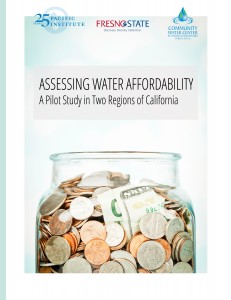
Assessing Water Affordability: A Pilot Study in Two Regions of California
August 14, 2013 | publication
A pilot study in California showed that many households, even within affluent communities, routinely spent over the affordability threshold of two percent of their household income on their water bill. The number of water systems with “unaffordable” rates varied by region and measure used, with important implications for policymakers.
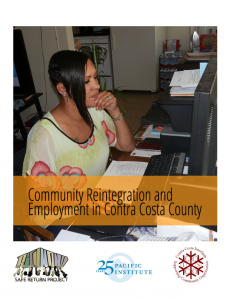
Community Reintegration and Employment in Contra Costa County
July 30, 2013 | publication
The Safe Return Project - a participatory action research process in Richmond, California involving formerly incarcerated residents in carrying out research and organizing to increase opportunities for community reintegration...
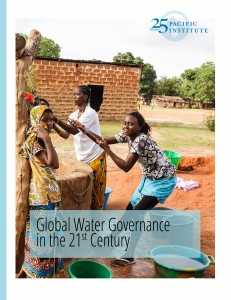
Global Water Governance in the 21st Century
July 24, 2013 | publication
Growing pressure on global water resources is having major impacts on our social, economic, and environmental well-being.

Water Rates: Communication and Education – Issue Brief
June 30, 2013 | publication
All water service providers must periodically correspond with their customers as well as state and local decision makers. In times of emergency messages can help customers understand what to expect next and when disrupted service might be restored. But regular communication in non-emergency periods is also necessary.
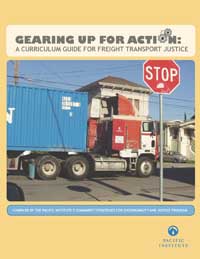
Gearing Up for Action: A Curriculum Guide for Freight Transport Justice
June 6, 2013 | publication
The Pacific Institute’s freight transport justice advocacy work sought to reduce the adverse health impacts of freight transportation on low-income neighborhoods of color closest to freight transport hubs, and to increase the share of the benefits that residents of these communities enjoy.
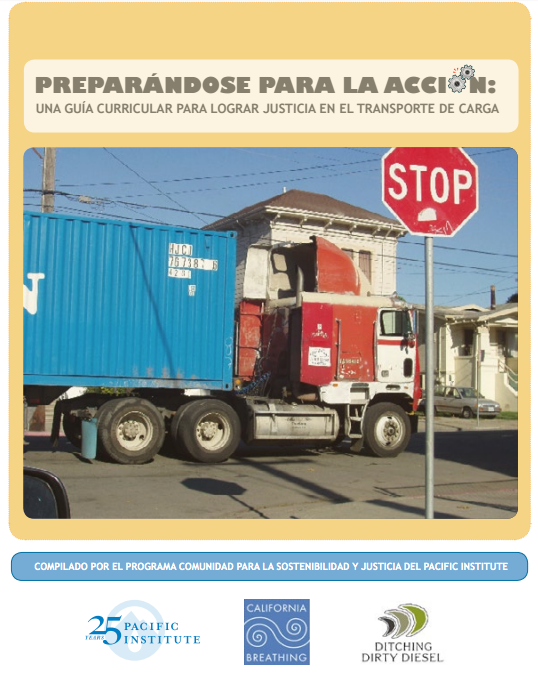
Preparándose para la Acción
June 6, 2013 | publication
Preparándose para la Acción: Una Guía Curricular para Lograr Justicia en el Transporte de Carga del Pacific Institute ha sido revisada siendo una importante herramienta de abogacía para construir el poder y la capacidad de comunidades para participar en la toma de decisiones en cuanto a temas del transporte de carga.
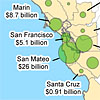
California Coastal Areas and Infrastructure Vulnerable to Flooding and Erosion
June 5, 2013 | publication
Downloadable PDF maps from our study that allow you to visualize the impacts of sea level rise on the California Coast.
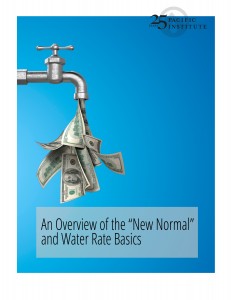
An Overview of the “New Normal” and Water Rate Basics
June 5, 2013 | publication
In the context of what is referred to as “the new normal”-- increasing costs to provide safe and reliable water supply amidst decreasing demand -- water service providers are facing new challenges in forecasting rates and preparing for future water demand.
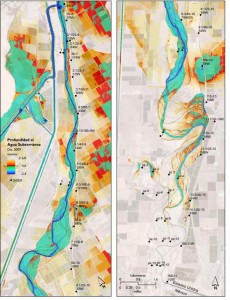
Dinámica del Agua Subterránea en el Tramo Limítrofe del Río Colorado
May 23, 2013 | publication
El Río Colorado, derivado y canalizado, así como intensivamente controlado, sólo en raras ocasiones (<10 por ciento de los días) lleva suficiente agua para fluir al menos 32 km más allá de la Presa Morelos, la última presa sobre el río, cerca de la frontera California/Arizona/Baja California.
Page 13 of 29
From the Blog
- Dec 02, 2025
- A Year-End Conversation with Jason Morrison
- Nov 13, 2025
- Pacific Institute Convenes Leaders to Accelerate Corporate Action on Water Resilience in California
- Nov 03, 2025
- Air Pollution and Health in the Coachella Valley
- Oct 24, 2025
- Building Momentum for Corporate Water Stewardship: CEO Water Mandate and Water Resilience Coalition Participation at New York Climate Week and UN General Assembly 80
- Sep 29, 2025
- California Water Action Collaborative Celebrates 10 Years of Impact


